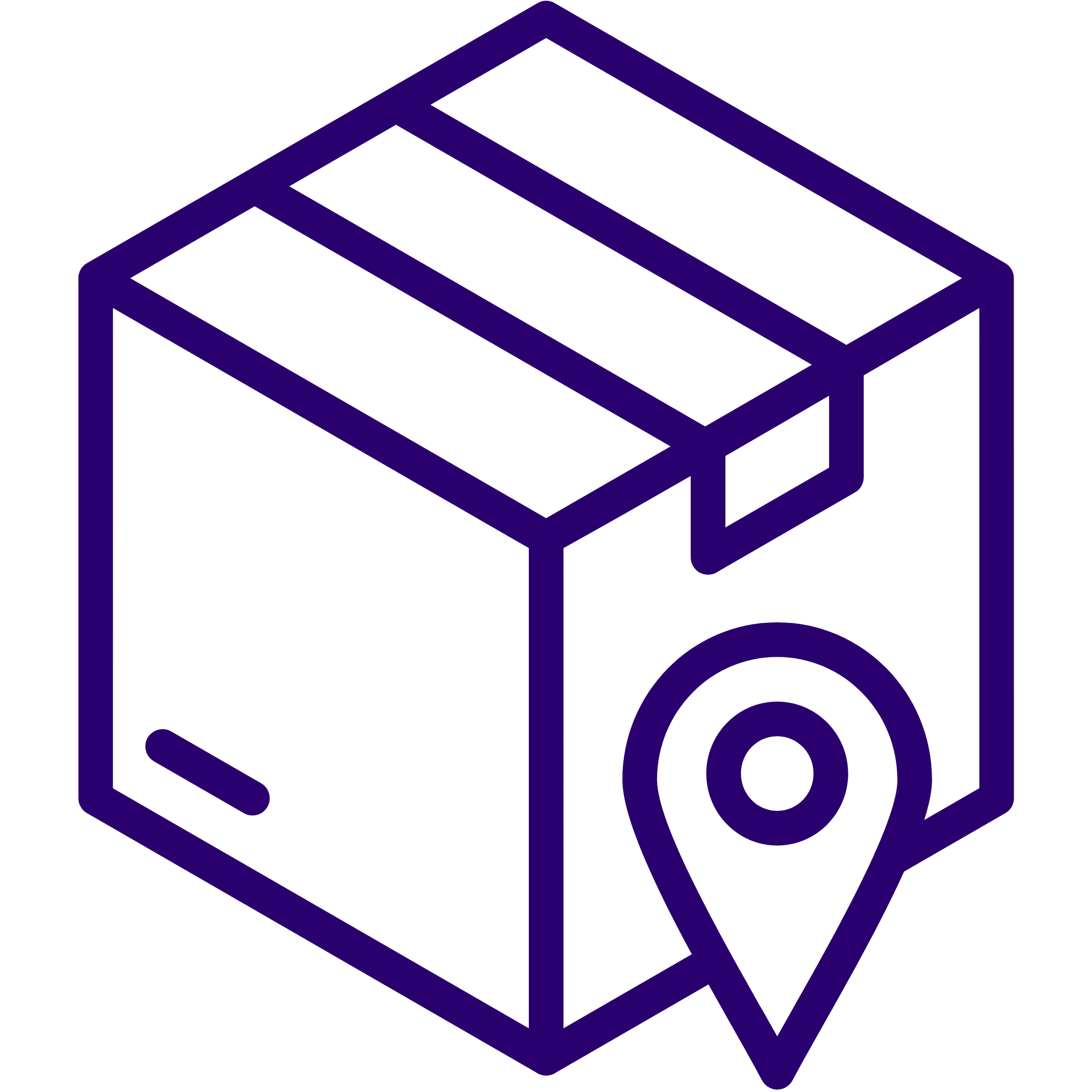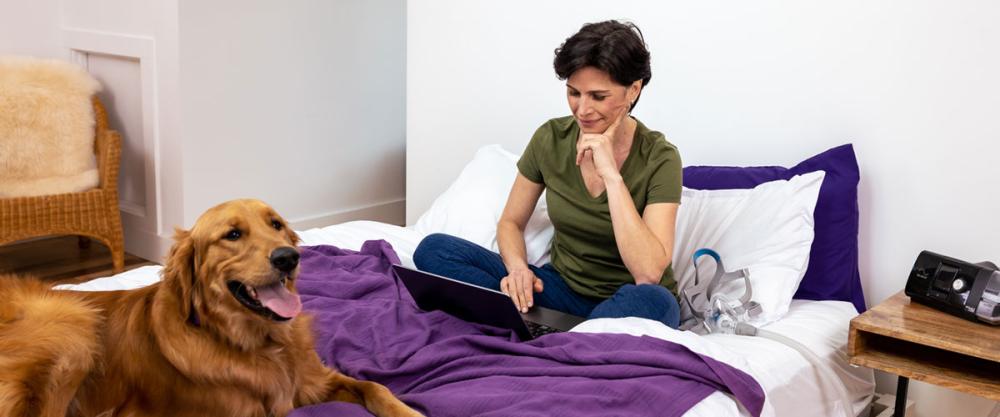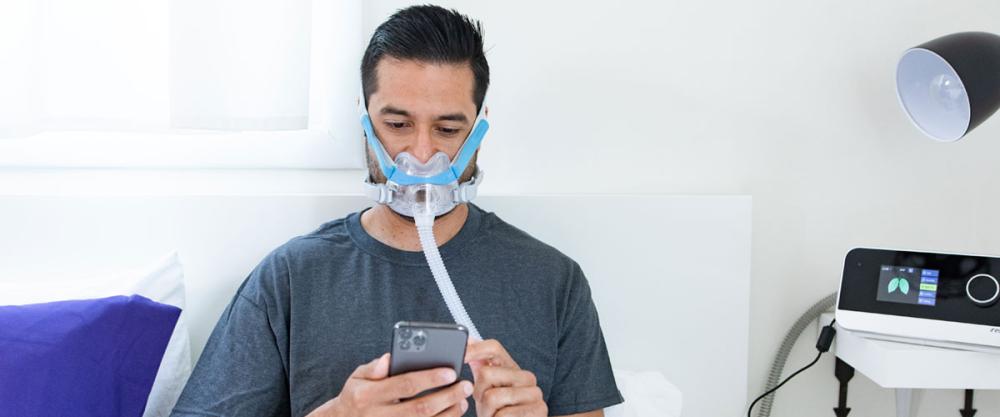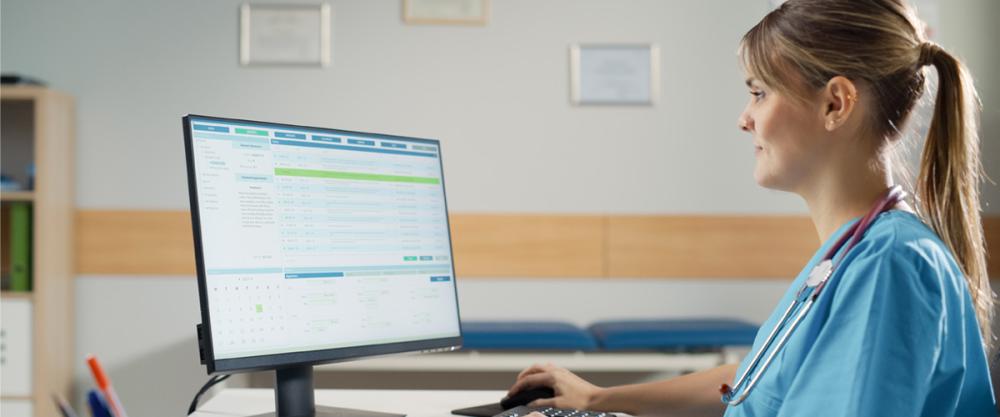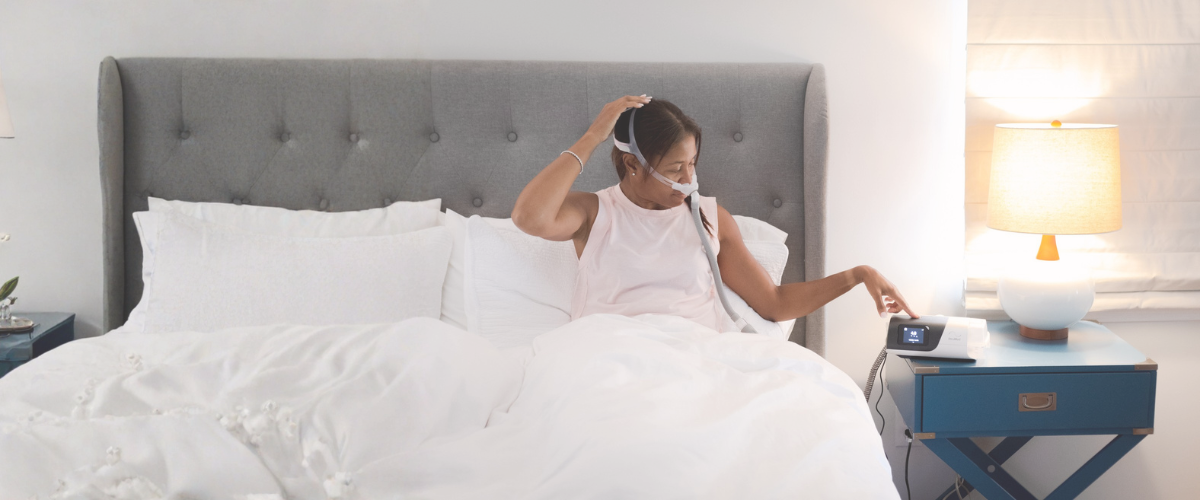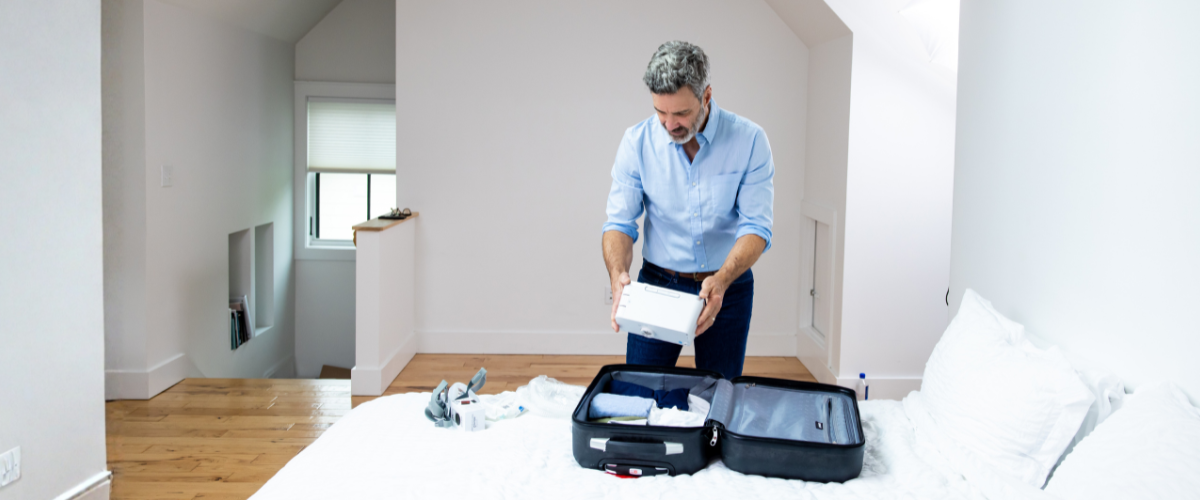There are three main types of CPAP masks - full face masks, nasal masks, and nasal pillow masks. Each of the three mask options has the same basic components: mask frame, headgear, and cushion. Since the CPAP mask is the interface between you and your CPAP machine, it needs to provide a comfortable fit, to treat your obstructive sleep apnea (OSA). Otherwise you’ll be less likely to keep it on all night and your obstructive sleep apnea (OSA) treatment will be less effective. Don’t worry, the best CPAP mask for you is out there, read on to find out how to find it.
- Mouth breathers can use it without side effects like dry mouth and without having to use a chin strap.
- They can handle high pressure settings without discomfort.
- They are generally effective for people who have nasal congestion, allergies, or a deviated septum.
Full Face CPAP Mask
The full face mask style is designed to cover both the nose and mouth, from the bridge of the nose to just under the lower lip. It is connected to the CPAP machine with tubing that connects from the front of the mask or from the top of head, and secured with a headgear. Some CPAP users find a full face mask causes claustrophobia due to its larger surface area (though recent products has really slimmed down!) Side sleepers, stomach sleepers, and active sleepers may struggle to keep an unobstructed, secure seal. If you have facial hair, you may have difficulty getting a good seal.
What Are the Benefits of a Full Face CPAP Mask?
Nasal CPAP Mask
A nasal mask rests on the bridge of the nose and seals just under it. Nasal masks are popular with people who find a full face mask causes claustrophobia, but who don’t like the feeling of direct airflow to the nostrils that a nasal pillow mask delivers. For people with frequent nasal congestion or allergies, or with higher pressure settings, they may not be the best fit.
What Are the Benefits of a Nasal CPAP Mask?
- They have fewer facial touch points than a full face mask, but do not deliver pressurized air directly into the nostrils the way a nasal pillow mask does.
- They work for back, side sleepers, active, and sometimes stomach sleepers, without getting snagged by sheets and bedding.
- They are a good option for people with a beard or other facial hair.
- Mask air leaks are less likely than with a full-face mask.
- They work well for people who breathe through their nose, or can comfortably use a chin strap.
Nasal Pillow CPAP Mask
Let’s finish up with the small but mighty nasal pillow CPAP mask, also called a nasal cushion mask. This mask has the smallest surface area of the three types we've covered here. The mask seals just below the nose and has two silicone pillows or cushions that are inserted into the nostrils, delivering air pressure directly into the nasal passage
Like nasal masks, nasal pillow masks are suitable only for for those who breathe only through the nose, or can comfortably use a chin strap. For people with frequent nasal congestion or allergies, they may not be the best fit. Some users can’t tolerate the sensation of pressurized air targeted to the nostril, especially at higher settings.
What Are the Benefits of a Nasal Pillow CPAP Mask?
- They have the fewest number of facial touch points available in a CPAP mask.
- There is no soreness on the bridge of the nose since the mask covers the nasal area only.
- They work for back, side sleepers, active, and stomach sleepers, and those who toss and turn in their sleep without getting snagged by sheets and bedding.
- They are a good option for people with a beard or other facial hair.
- Mask air leaks are less likely than with a full-face mask.
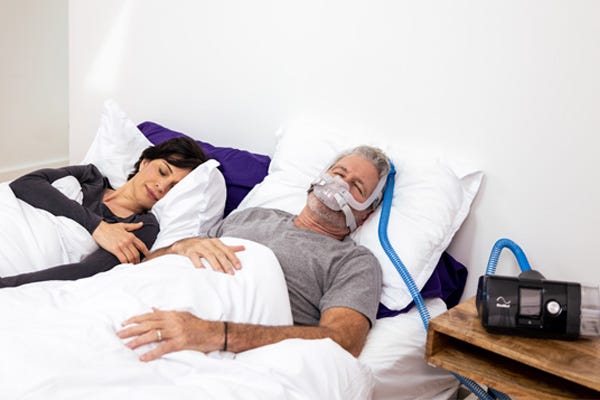

There are many factors involved in ensuring the CPAP mask fits well. For instance, the size and shape of the patient’s face, the diet and lifestyle of the patient (and if they are currently losing weight), and the bone structure of the face.
The best way to find the right mask is to order a fit pack, which includes multiple sizes so you can really get a feel for the way each will conform to your face. Be sure to try wearing the mask while sitting straight up, lying down on your back and side (or any positions you would normally sleep in). You can also wear it for an extended time to make sure it's comfortable enough to stay on your face during sleep. The longer you keep it on, the more effective your CPAP therapy.
What Is the Easiest CPAP Mask to Get Used To?
Typically, doctors will recommend a full face mask initially. A full face mask ticks a lot of boxes for effective cpap therapy, especially for people who are mouth breathers or who need higher pressure settings. If that is acceptable, they may stay with it, or try to go for a lighter, more compact model if the patient finds it makes them feel claustrophobic.
When patients choose their first mask, they generally go directly to a nasal or nasal pillow mask, assuming that the compact size will be easier to adjust to. Some patients are surprised to find that a smaller mask doesn’t always equal greater comfort, especially because today’s full face masks are so much slimmer than traditional ones.
Either way, there is always a period of adjustment in terms of fit and comfort level. Luckily there are so many different masks available nowadays, each customizable with comfort accessories.
Helpful Tips for Getting a Good Fit
Specialty Masks
We've covered the three different types of cpap masks that are most widely available, but there are other masks designed for special considerations.
An oral CPAP mask is one that delivers airflow only to the mouth, not the nose. An oral mask can be helpful for people who have difficulty breathing through their nose due to congestion or blockage.
A total face CPAP mask is just what it sounds like, a mask that seals around the perimeter of the whole face; nose, eyes, and mouth. While it takes up the most surface area, it can actually decrease feelings of claustrophobia for people who don't like targeted air pressure to their nose or mouth. It's a good option for people with certain facial features that have a hard time finding a good fit with other masks.
A hybrid CPAP mask is basically a combination of a full face mask and a nasal pillow mask; it covers the mouth but seals under the nose and has the same type of pillows that are inserted into the nostrils. This type of mask is great for those who may breathe through the mouth, but don't like chin straps and prefer to have the bridge of their nose clear.
Finally, a nasal prong CPAP mask is similar to a nasal pillow mask design, with two prongs that are inserted into the nostrils and inflated to create a secure seal. They are inserted a bit deeper than nasal pillows, but are similarly lightweight with a slim profile. They are not suitable for someone who requires high pressure.
Find the Right Mask
We understand it can be hard to find the right CPAP mask. That’s why CPAPSupplies.com offers a 30-Day Mask Guarantee on select CPAP masks. Our team is dedicated to providing the best customer service possible. If you need help with your mask fit, choosing a CPAP mask that fits your needs, or replacing a worn-out mask, don’t hesitate to contact us via our Chat Support feature or send us an email at info@cpapsupplies.com.

